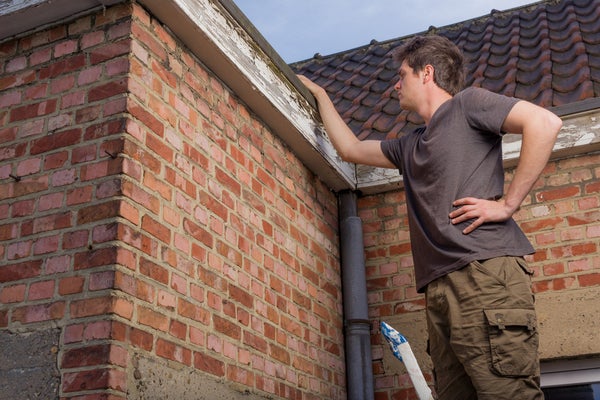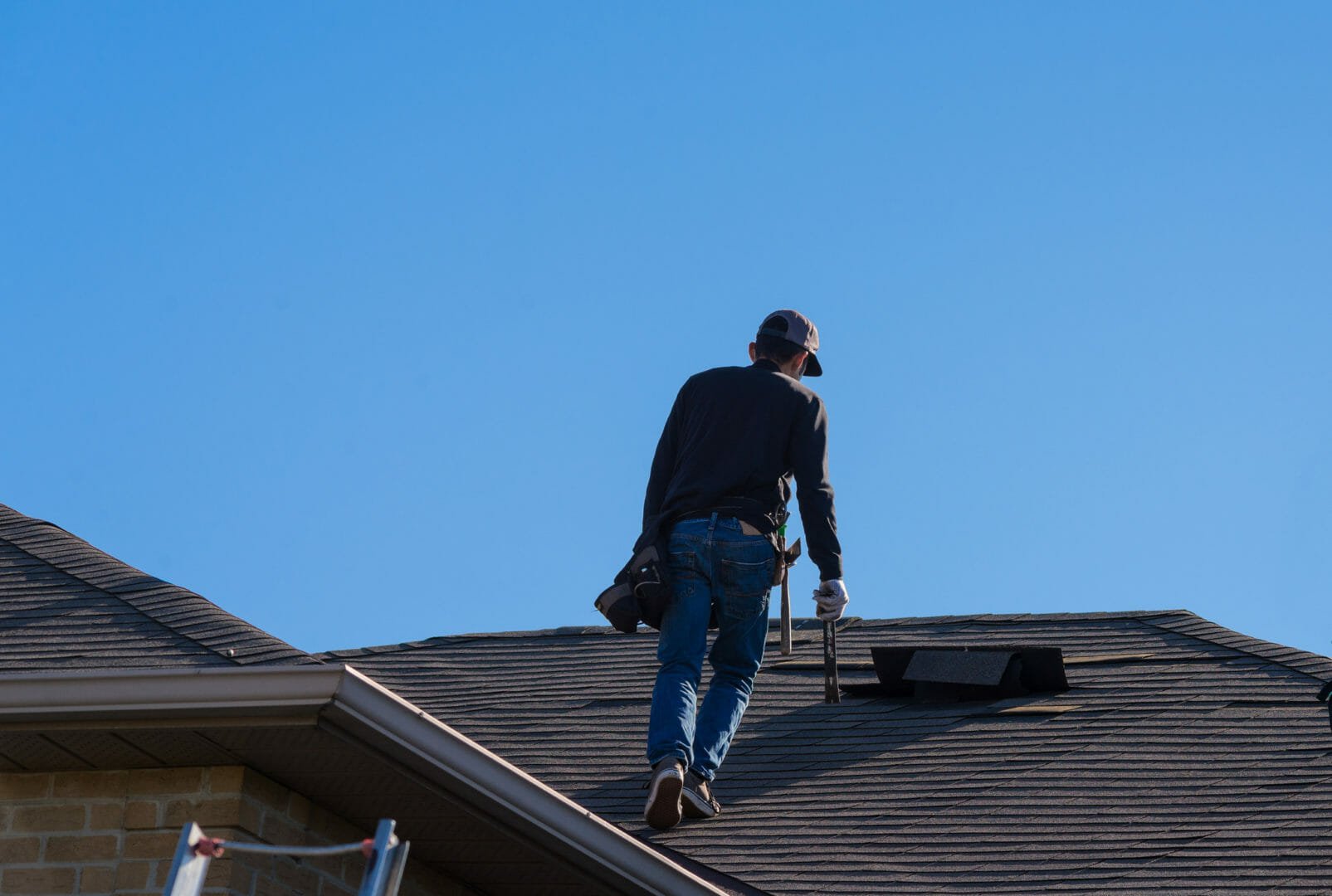How to Inspect a Tile Roof
Did you know that a tile roof can last for up to a century? That’s why many people continue to choose this sturdy material for their homes.
However, even the strongest roofs can fall victim to damage, may it be due to intense weather conditions or neglect. To prevent early roof damage, it’s important to perform proper maintenance, which includes regular inspections from a professional roofer. You can also conduct roof inspections yourself to check if any noticeable problems require a call to your roofer.
Take a look at these tips on how to inspect a tile roof!
How to Inspect a Tile Roof
Generally, you must inspect your roof at least twice a year, not including the times after a bad storm or other severe weather conditions.
There’s no need to call in a professional for a roof inspection just yet, though. There are safe ways you can inspect your tile roof to determine if there’s anything that warrants a call to your roofer.
Interior Inspection
Start your inspection from the inside of your home, namely your attic, and ceilings. Look out for these three things:
- Moisture – Check the ceilings for water rings, as well as your attic for any damp insulation or musty smells.
- Light – Check your attic for any sun shafts.
- Dark spots – If there are dark spots around the attic, then there may be fungus or mold on the decking.
If you discover any of the three mentioned above, this indicates that your tile roof isn’t completely waterproof anymore and that there are either damaged and missing tiles or compromised flashings.
Outer Inspection

Before we discuss the outer roof inspection, we would like to reiterate that you should not go up on the roof yourself, especially unattended. It’s recommended to have a professional roofer go up to your roof instead, as they are trained to do so. If you went up on the roof yourself, you risk accidents, injuries, or damaging your roof further.
So, how can you inspect your roof from the ground? You can start by walking around your home’s perimeters to get a good view of your roof and the surrounding areas. Another tip is to use binoculars to have a better close-up view of your roof.
With that in mind, here are the things you should watch out for during your inspection:
Debris
After a storm, you’ll likely see a lot of loose debris like tree branches and leaves. If you see any debris on the roof, they may be covering any damage. Moreover, organic debris like tree branches may attract mold, moisture, and insects. All these are bad news and can cause roof damage if left unattended!
Following the recommendation above, do not remove debris from the roof yourself, especially if you can’t reach it from a ladder. This can cause further tile damage or injury. Roofing professionals can clean your roof and inspect it for any signs of damage under the debris.
Besides debris, look out for any algae or moss, which has your roof more susceptible to water damage and leaks.
Loose, Cracked, and Chipped Tiles
Concrete and terracotta tiles are very sturdy. But when they incur damage, they will deteriorate gradually. Not only will damaged tiles deteriorate, but so will the surrounding tiles, as they will stop properly slotting together as before.
The result? Leaks. Even just one cracked tile lets in rainwater and sunlight. Both sunlight and moisture will damage the underlayment, thus causing a leak in your roof and the home’s interiors. That’s why you should always look out for loose, cracked, chipped, missing, or sagging tiles.
A professional roofer must replace these chipped, broken, or missing tiles. They will also reposition any loose tiles as needed to prevent any leaks.
Besides that, check for any fading on the roof and tile material. If your roof looks worn, dull, or faded, it may mean it’s time for a roof restoration or repainting project.
Flashing
Bad storms and poor maintenance can damage your roof’s flashings. The flashing is usually made of metal, commonly aluminum. They are long strips of metal that seal areas between the roof and various sections, like chimneys, vents, and valleys.
If your flashing incurs damage, then it will cause water to leak in exposed spaces, then into your home. You can check for any signs of damage to your flashing around the chimneys, skylights, valleys, and vents. Make sure you have your flashing repaired immediately in case of any damage, regardless of how minor.
Gutters
Like the top of your roof, your gutters will also likely have debris after a storm, especially when you have trees around. Branches, leaves, and twigs can clog your gutters, which becomes a huge problem on your next rainy day.
When rainwater can’t reach the downspout because of a debris blockage, water will spill over to your roof and sidings. This weighs a roof down. If your roof is made of heavy concrete tiles, you run the risk of your roof buckling under extreme weight, which will become an extremely costly problem that takes a lot of time and effort to fix.
Fortunately, you can clean the gutters yourself, doing so regularly even when there hasn’t been a storm yet. But if you can’t reach your gutters safely, it’s best to hire professionals to clean and repair the gutters for you.
Other than the gutters, look into the valleys for any broken tiles or debris that accumulated there. This will also show if your tiles require repairing.
Wrapping It Up

We hope that these tips on how to inspect a tile roof helped you out. If you found any signs of damage during your inspection, make sure you call your roofer to have it professionally inspected for any issues. They will be able to diagnose and fix issues before they worsen and become more expensive.
If you don’t have a roofer yet, contact us now. We can provide free inspection and professional roofing services around Arizona.



